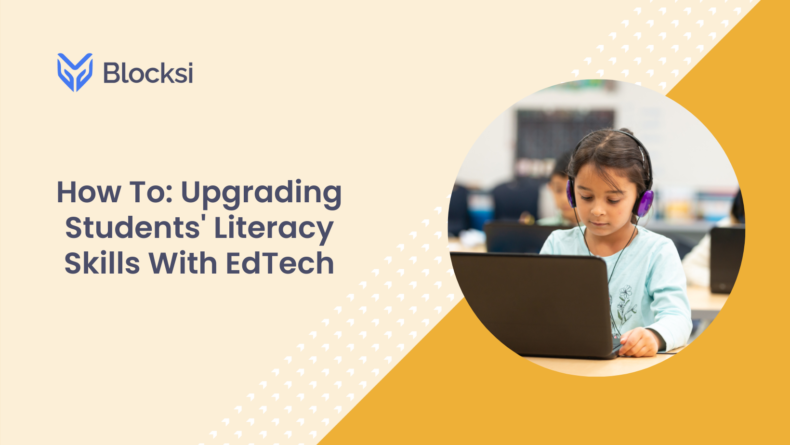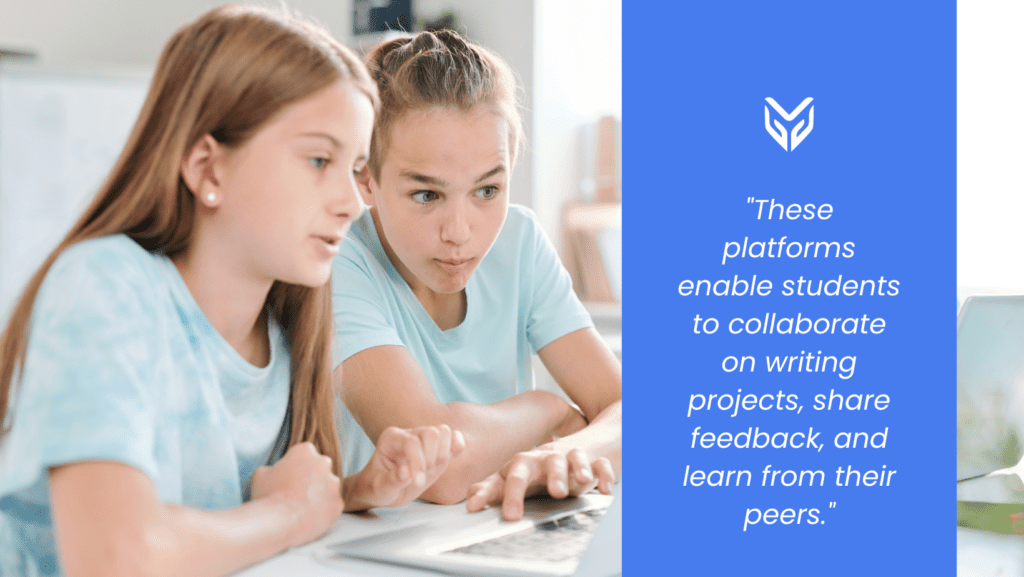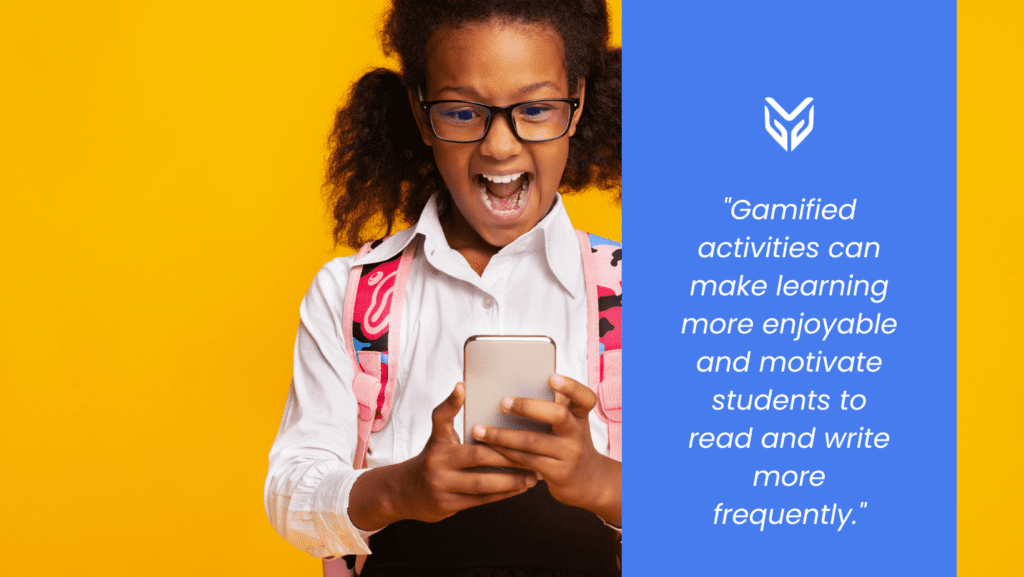NEWS
How To: Upgrading Students’ Literacy Skills With EdTech

Today, embracing technology is vital to ensure students are well-prepared for success. An especially crucial domain where Educational Technology (EdTech) can make a substantial difference is enhancing students’ literacy skills.
As educators, you can leverage innovative tools and resources to create engaging and compelling educational encounters. This guide will explore strategies for upgrading students’ literacy skills with EdTech, ensuring they develop strong reading and writing abilities.
Why EdTech Matters for Literacy
EdTech encompasses various digital tools, software, and platforms to enhance learning. When addressing students’ literacy, EdTech can offer tailor-made learning encounters, adjust to the unique requirements of each learner, and provide immediate feedback. These advantages are crucial in helping students become proficient readers and writers.

Identifying Your Goals
Before diving into the world of EdTech, it’s essential to define your specific goals for upgrading students’ literacy skills. Are you interested in enhancing students’ understanding of what they read, their ability to write fluently, or their overall proficiency in literacy? Understanding your objectives will guide your selection of EdTech tools.
Once you have clear goals, consider your students’ age group and proficiency level. Different tools and approaches may be more suitable for elementary students learning to read than for high school students, refining their critical analysis and writing skills.
Choose the Right EdTech Tools
Selecting the right EdTech tools is critical to achieving your literacy goals. Look for platforms and applications that align with your objectives and suit your students’ age and skill level. Interactive reading apps like Epic can be highly engaging and effective for younger students.
For older students, tools like Microsoft Word with grammar-checking extensions can help improve writing skills. Additionally, using a classroom monitoring software like Blocksi can help you stay on top of all of these activities – for any K-12 grade and from any part of the classroom.
Interactive Writing Platforms
Introduce students to interactive writing platforms like Google Docs to enhance their writing skills. These platforms enable students to collaborate on writing projects, share feedback, and learn from their peers.

Again, an effective classroom monitoring tool can prove efficient with this – allowing the integration of various learning management systems to stay on top of students’ activities and progress.
Data-Driven Insights
EdTech tools provide valuable data and insights into students’ literacy progress. Use this data to tailor instruction and interventions to individual needs. Many platforms offer analytics that can help you identify areas where students may struggle, allowing you to provide targeted support.
Regularly reviewing this data enables you to track progress over time and make data-informed decisions about adjusting your teaching strategies and the selection of EdTech tools. For example, if you use Blocksi’s AI Quiz Copilot, you can create literacy assessments for an age group and get an insight into students’ progress over time.
Gamification and Engagement
Engagement is key to upgrading students’ literacy skills. Incorporate gamification elements into your lessons using EdTech tools like Kahoot!, which is also integrable with Blocksi. Gamified activities can make learning more enjoyable and motivate students to read and write more frequently.

Additionally, explore immersive storytelling platforms like StoryMapJS. These agencies allow students to create interactive narratives, enhancing their storytelling abilities and creativity.
Assess and Adapt
Continuously assess the effectiveness of the EdTech tools you’ve implemented. Collect student feedback, monitor their progress, and adjust your strategies as needed. Be flexible and open to trying new tools and approaches based on the evolving needs of your students.
Empowering Students through EdTech
Upgrading students’ literacy skills with EdTech is a dynamic and rewarding journey. By setting clear goals, selecting the right tools, promoting digital reading, embracing interactive writing platforms, leveraging data-driven insights, and fostering engagement, you can empower your students to become confident and proficient readers and writers.
Remember, the integration of EdTech is not a one-size-fits-all solution. Tailor your approach to your students’ specific needs and adapt as you go. With dedication and the right tools, you can enhance literacy skills and prepare your students for success in the digital age.
Stay curious, stay informed, and, most importantly, stay committed to upgrading students’ literacy skills through the power of EdTech. Your students will thank you for it.
SOURCES





